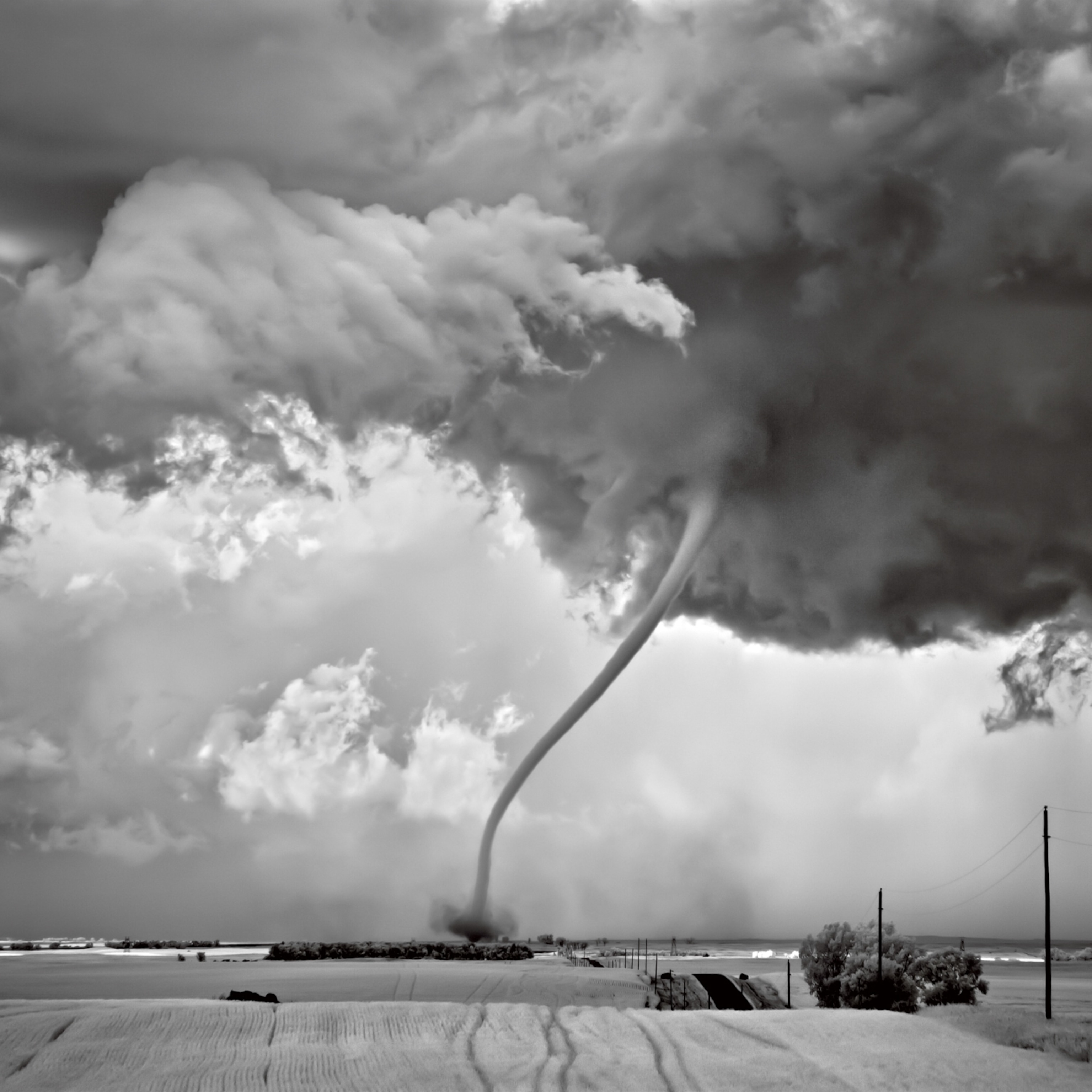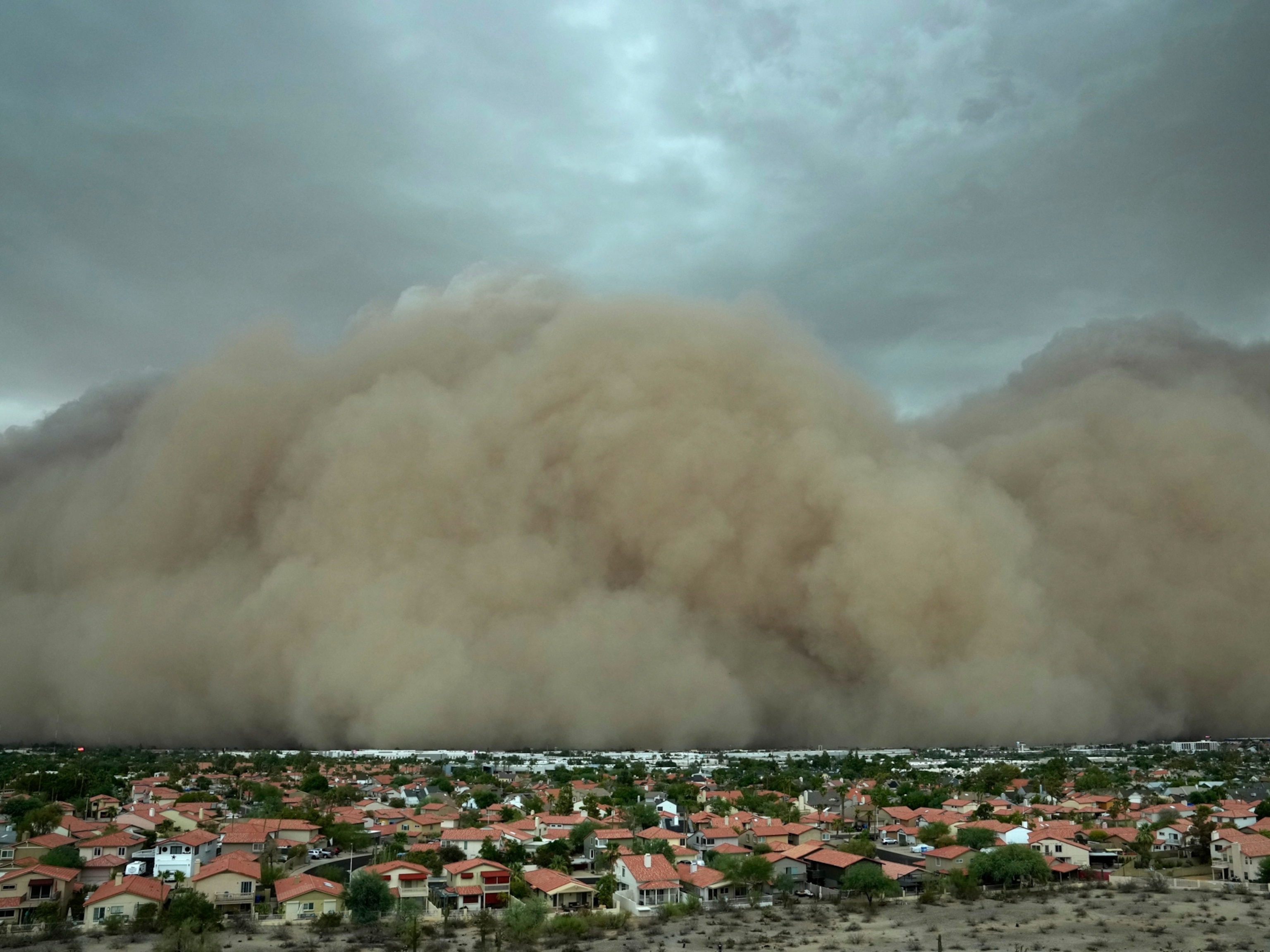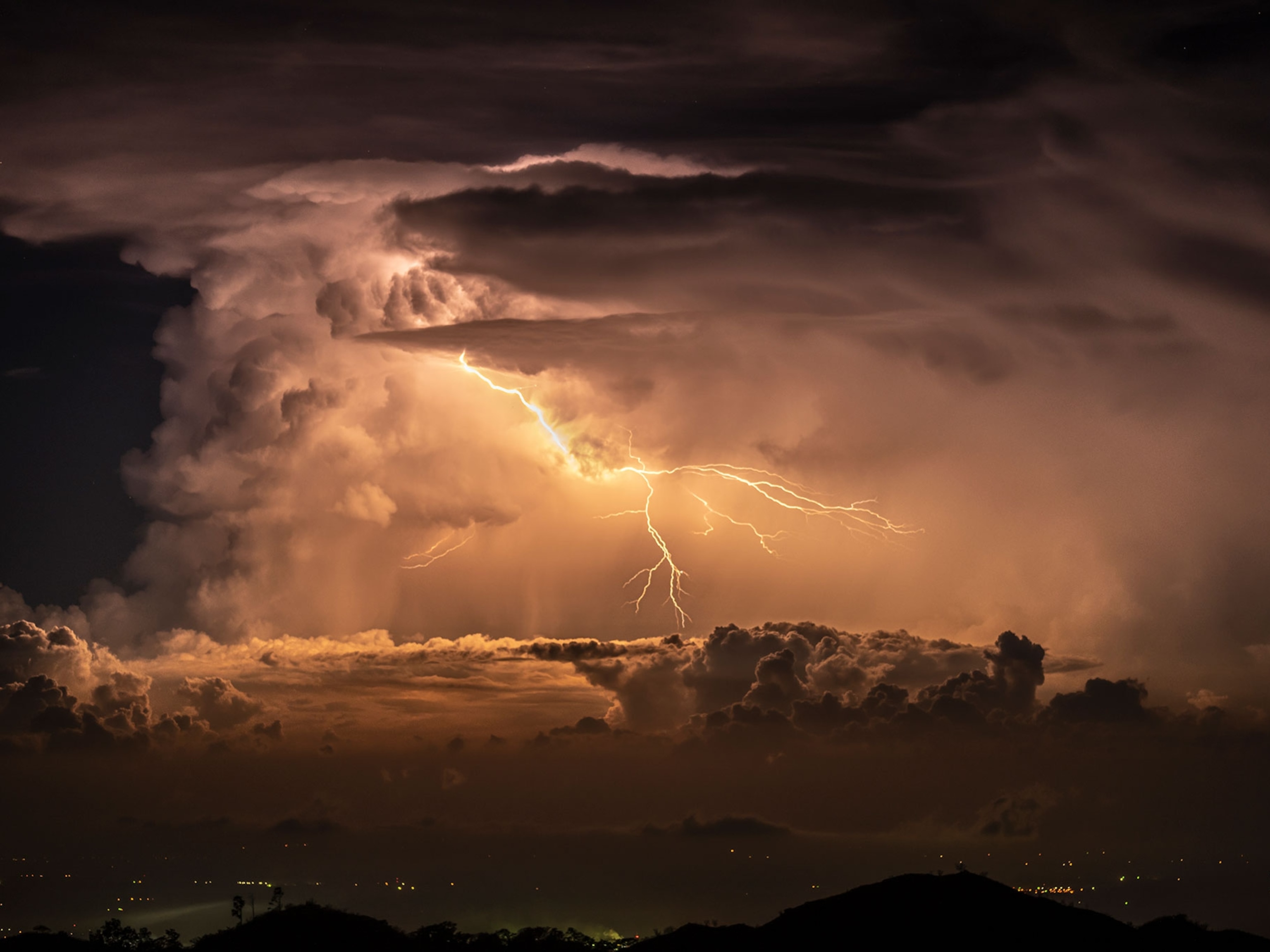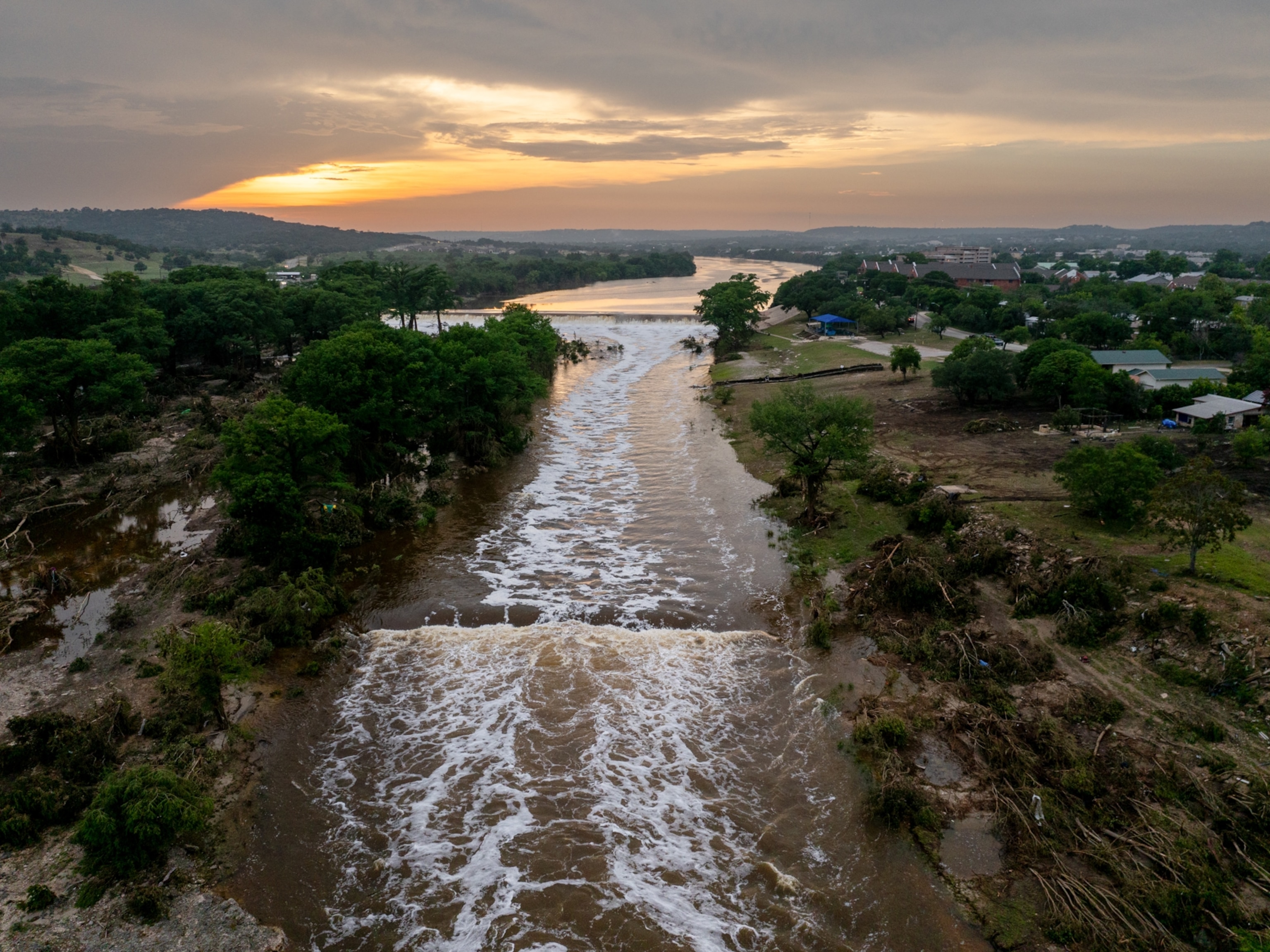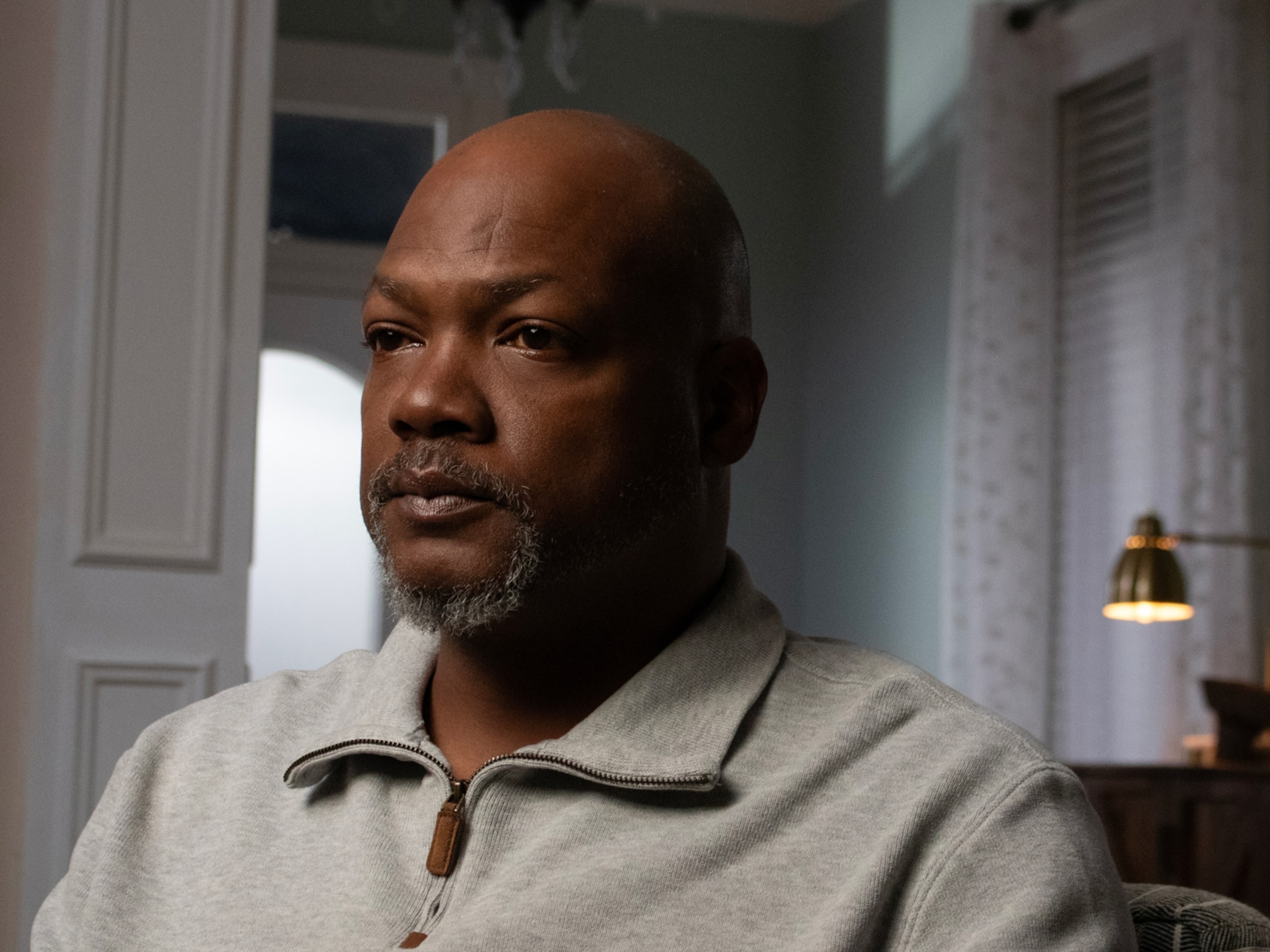
What are hurricanes? The science behind the supercharged storms
Hurricanes are getting wetter, faster, and fueled by climate change. Here's what causes them—and why they're becoming so much more destructive.
Hurricanes combine unyielding winds and torrential rain to create some of Earth’s most powerful storms. When these storms near land, wind can cause devastating damage, even spawning tornadoes. But the bigger danger is rain, which can cause catastrophic, and often deadly, flooding.
These storms gain energy from warm water and its winds whirl in a characteristic circular motion. Tropical storms are named once winds pass 39 miles per hour, and are deemed hurricanes when winds pass 74 miles per hour. Hurricanes are rated by categories on the Saffir-Simpson scale.
The same type of storm has different names depending on the region of the world: “hurricanes” develop over the North Atlantic, central North Pacific, and eastern North Pacific, “cyclones” form over the South Pacific and Indian Ocean, and “typhoons“ develop in the Northwest Pacific.
(Do female hurricanes really kill more people than male ones?)
But how are hurricanes formed? And can tracking and preparedness actually help mitigate storm damage? Here’s what you need to know about hurricanes.
How do hurricanes form?
Centuries ago European explorers learned the Indigenous Caribbean word hurakan, signifying evil spirits and weather gods, to describe the storms that battered their ships in the Caribbean.
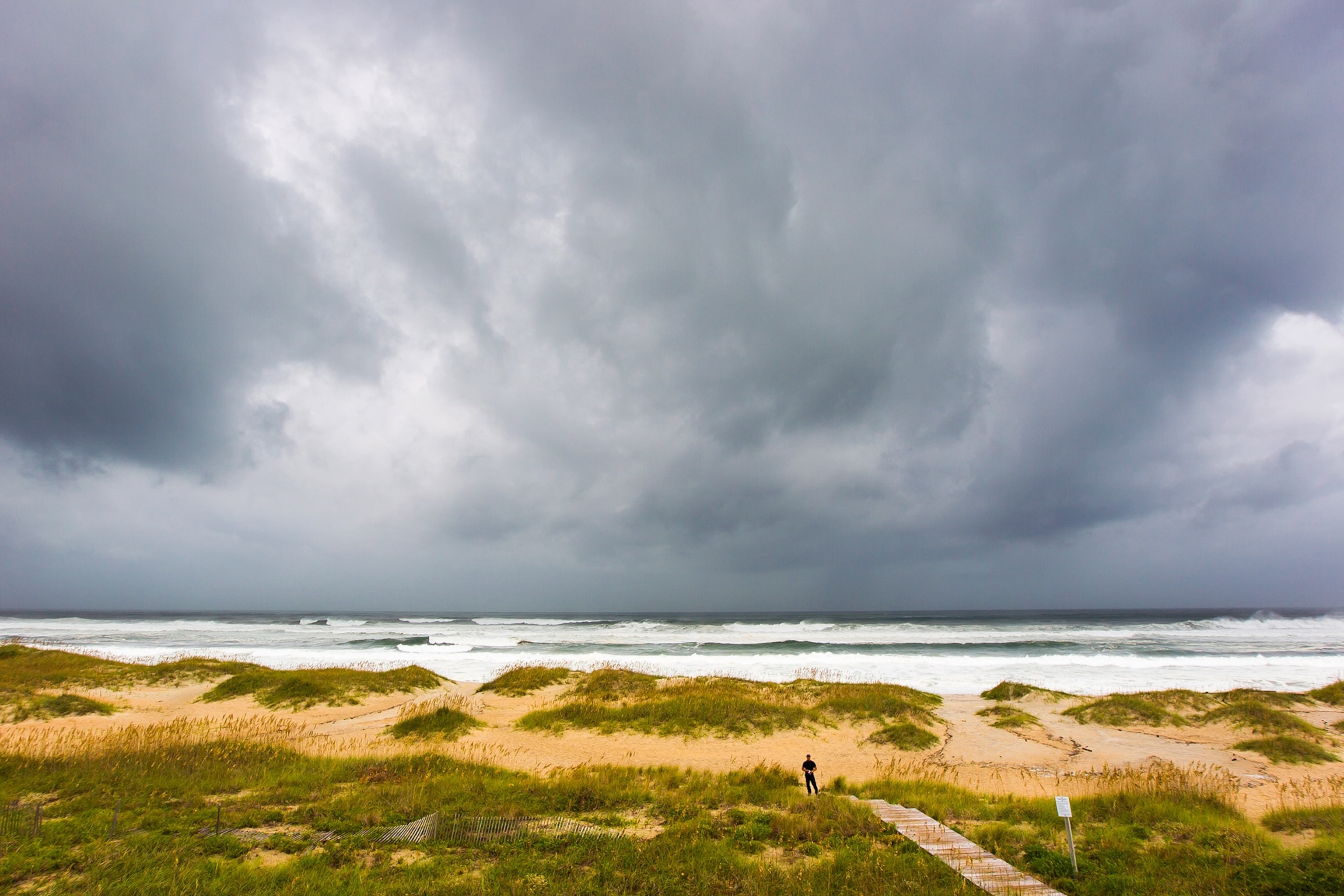
The Atlantic Ocean’s hurricane season peaks from mid-August to late October and averages five to six hurricanes per year. While cyclones on the northern Indian Ocean typically form between April and December, with peak storm activity around May and November.
Hurricanes begin as tropical disturbances in warm ocean waters with surface temperatures of at least 80°F. Those low-pressure systems are fed by energy from warm seas.
A storm with wind speeds of 38 miles an hour or less is classified as a tropical depression. It becomes a tropical storm—and is given a name, according to conventions determined by the World Meteorological Organization—when its sustained wind speeds top 39 miles an hour.
(What causes flash floods? Here's how they get so destructive so quickly)
These storms are enormous heat engines that deliver energy on a staggering scale. They draw heat from warm, moist ocean air and release it through condensation of water vapor in thunderstorms.
These storms spin around a low-pressure center known as the eye. Sinking air makes this 20 to 40-mile-wide area notoriously calm. But the eye is surrounded by a circular “eye wall” that contains the storm’s strongest winds and rain.
Why hurricanes are dangerous
Hurricanes bring destruction ashore in many different ways. When a hurricane makes landfall, it often produces a devastating storm surge—ocean water pushed ashore by wind—that can reach 20 feet (6 meters) high and move several miles inland.
Storm surges and flooding are the two most dangerous aspects of hurricanes, accounting for three-quarters of deaths from Atlantic tropical cyclones, according to a 2014 study. A third of the 1,200 deaths from Hurricane Katrina, which made landfall off the coast of Louisiana in 2005, were caused by drowning. Katrina is also the costliest hurricane on record, with damage totaling $125 billion.
(How to prepare and keep safe in a hurricane.)
A hurricane’s high winds are destructive and may spawn tornadoes. Torrential rains cause further damage via coastal flooding and landslides, which may occur many miles inland.
Although extremely potent storms have formed in the Atlantic, the most powerful tropical cyclones on record have formed in the Pacific, which gives storms more room to grow before they make landfall. Hurricane Patricia, which formed in the eastern Pacific off Guatemala in 2015, had the strongest winds recorded, at 215 miles an hour. The strongest Atlantic storm was Wilma in 2005, with winds of 183 miles an hour.
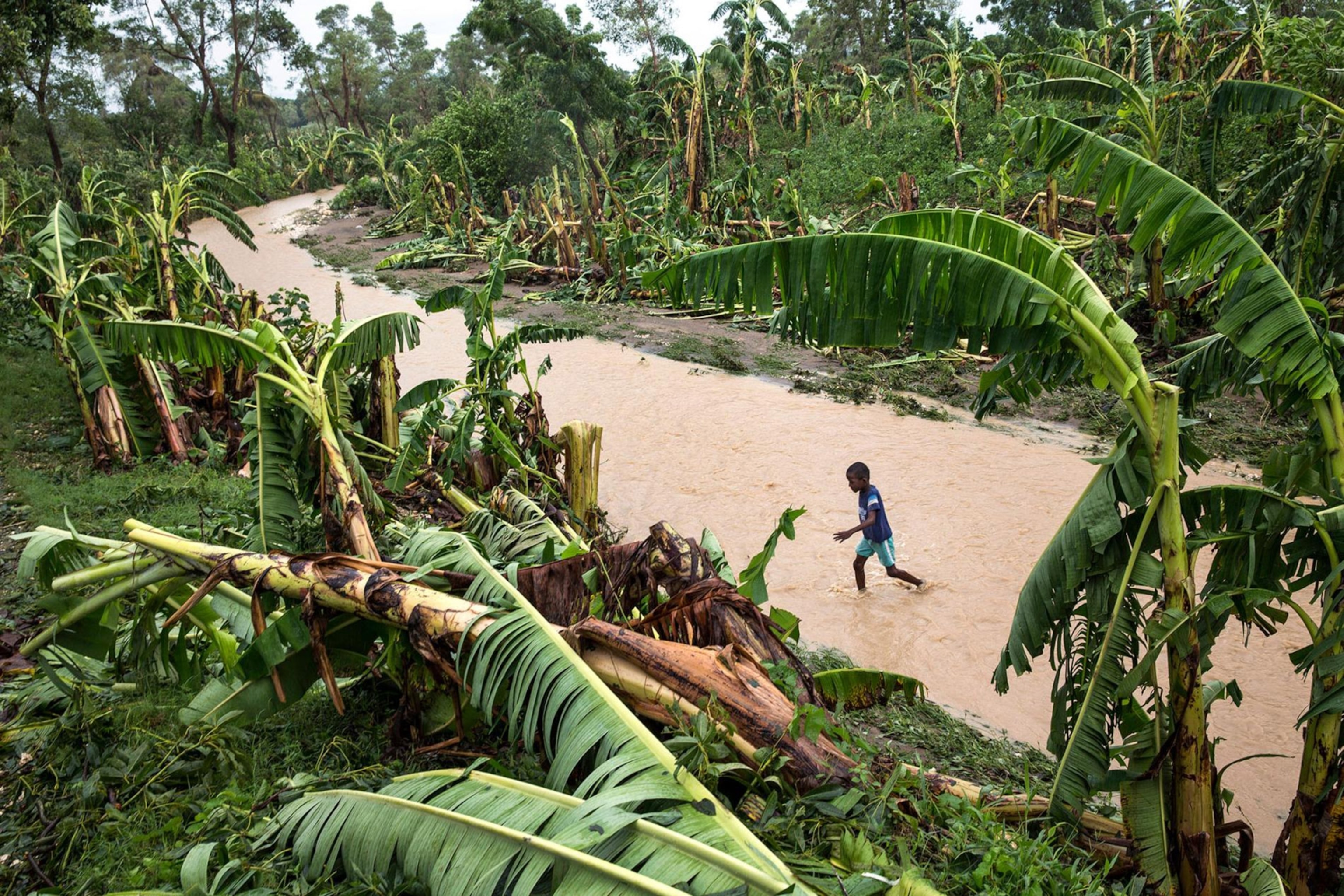
The best defense against a hurricane is an accurate forecast that gives people time to get out of the way. The National Hurricane Center issues hurricane watches for possible storms within 48 hours and hurricane warnings for expected storms within 36 hours.
How climate change affects hurricanes
Climate change may be driving more frequent, more intense extreme weather, and that includes hurricanes. The 2018 hurricane season was one of the most active on record, with 22 major hurricanes in the Northern Hemisphere in under three months, and 2017 also saw seriously devastating Atlantic storms. In 2020, there were 30 named storms, with 14 developing into hurricanes, and seven further intensifying into major hurricanes. While a number of factors determine a hurricane's strength and impact, warmer temperatures in certain locations play an important role. In the Atlantic, warming in the Arctic could drive future hurricane tracks farther west, making a United States landfall more likely.
(Are there solutions to climate change?)
Hurricane Harvey, which dropped a record-breaking 51.8 inches of rain on southeastern Texas in 2017, was fueled by surface waters in the Gulf of Mexico that were 2°F warmer than three decades before. A warmer atmosphere can also furnish more water vapor for making rain, as evaporation increases and warm air holds more vapor than cold.
Warming temperatures can also slow tropical cyclones, which can be a problem if their progression over land is extended, potentially increasing storm surges, rainfall, and exposure to high winds.
(Read why hurricanes are lasting longer and staying stronger over land.)
Potential trends make it more important than ever to be prepared for coming storms and to address the root causes of climate change, scientists say.

